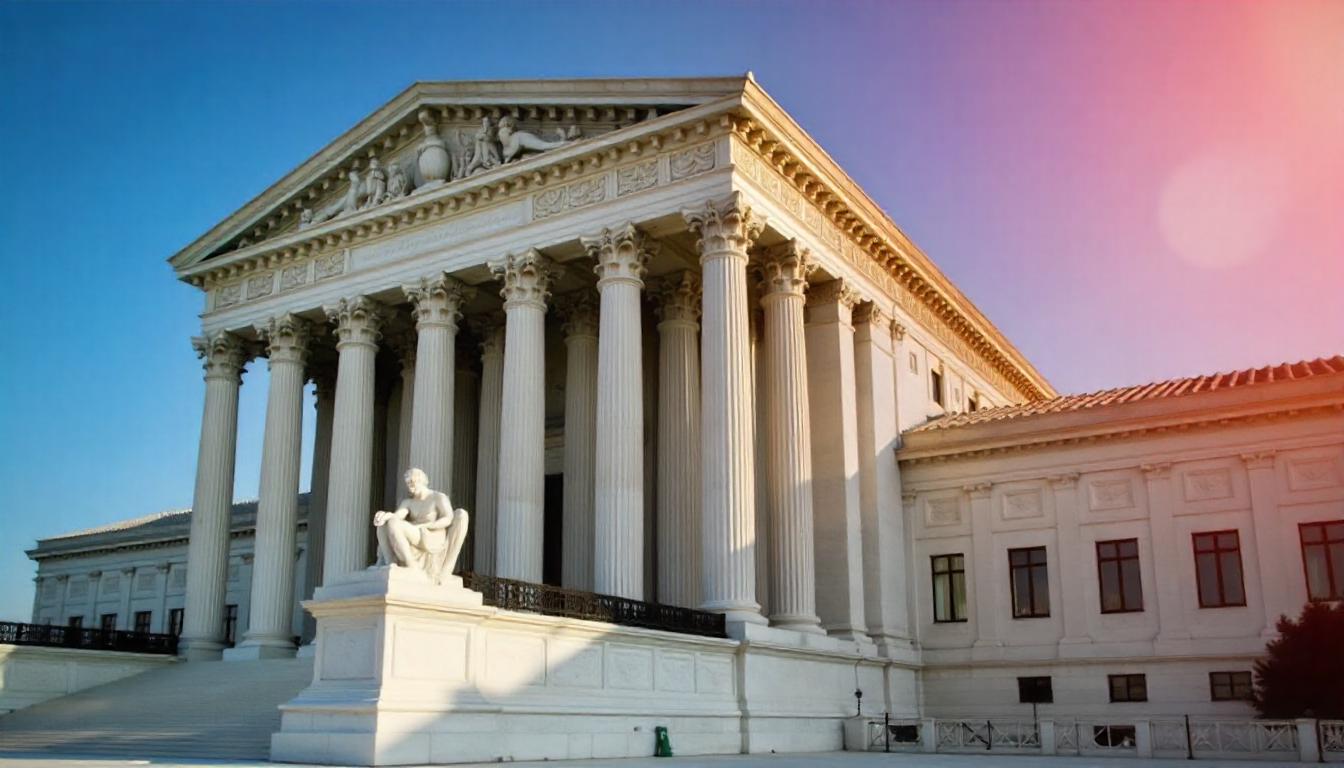Bitcoin’s relentless rally and growing institutional adoption are pushing the once far-fetched notion of hyperbitcoinization closer to the realm of possibility.
The term “hyperbitcoinization” has long evoked dramatic scenarios of fiat currency collapse and Bitcoin’s ascent to global reserve status. For Bitcoin maximalists, it’s been the ultimate vision: a world where individuals, corporations, and governments rely entirely on Bitcoin as traditional financial systems fade away.
Though we’re not there yet, recent market and institutional moves suggest this idea is gaining traction far beyond crypto echo chambers.
Bitcoin Breaks Records
Bitcoin is trading above $119,000, pushing its market capitalization near that of some of the world’s biggest tech giants. Meanwhile, the U.S. dollar continues to slip in real purchasing power. Institutions now view Bitcoin through the same risk-reward lens they apply to traditional assets, a major shift from just a few years ago.
“In previous bull runs, talk of hyperbitcoinization was limited to crypto enthusiasts,” noted FRNT Financial in a research note. “But these discussions are becoming increasingly acceptable, even among traditional investors.”
A few years back, it seemed unthinkable that Wall Street giants like BlackRock would embrace Bitcoin. Yet today, the iShares Bitcoin Trust (IBIT) has amassed 706,008 BTC—valued at around $82 billion, according to BitcoinTreasuries.Net.
Mainstream Adoption Rising
Large corporations are raising capital specifically to hold Bitcoin on their balance sheets. Political leaders, including the current pro-crypto U.S. president, have floated the idea of building national Bitcoin reserves—a move that would have been unimaginable not long ago, though it remains uncertain whether it will materialize.
Meanwhile, regulators are considering new ways to integrate crypto into traditional finance. A U.S. housing authority, for instance, is exploring whether crypto assets might count toward mortgage applications—a sign that digital assets could be inching closer to the financial mainstream.
Wall Street’s deepening embrace of Bitcoin has transformed it into a tradable, regulated asset, bringing it firmly into the fold of traditional finance.
Ownership Shifts Signal Change
A significant shift is happening in Bitcoin’s ownership structure. From 2014 to around 2020, Bitcoin was mainly held by individuals. Today, institutions, corporations, and even governments have become prominent holders, reflecting a profound change in market dynamics.
This trend suggests that hyperbitcoinization, while still unfolding, is transitioning from an ideological idea to a tangible market phenomenon.
“In a market fueled by narratives and liquidity flows, hyperbitcoinization could become more than just a talking point—it could emerge as a real trade,” FRNT Financial observed.
FRNT further noted that as hyperbitcoinization gains credibility and media attention, more investors—whether individuals, institutions, or even nation-states—may choose to HODL, potentially accelerating the shift.
What Comes Next?
While hyperbitcoinization remains far from fully realized, Bitcoin’s price surge, evolving institutional perspectives, and growing global interest suggest that what was once purely theoretical could become one of the defining financial trends of the decade.





